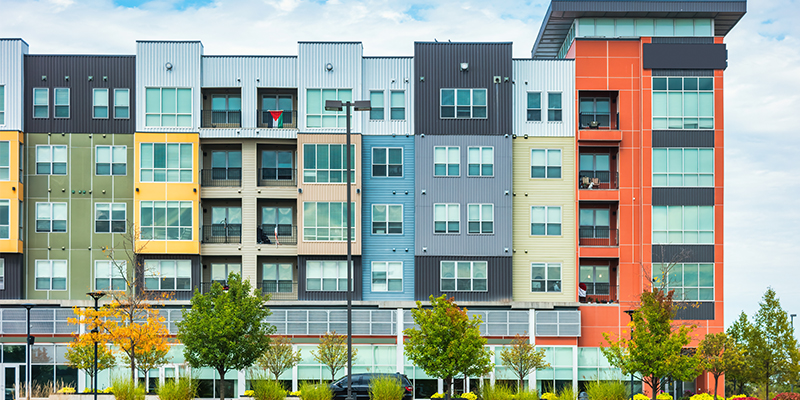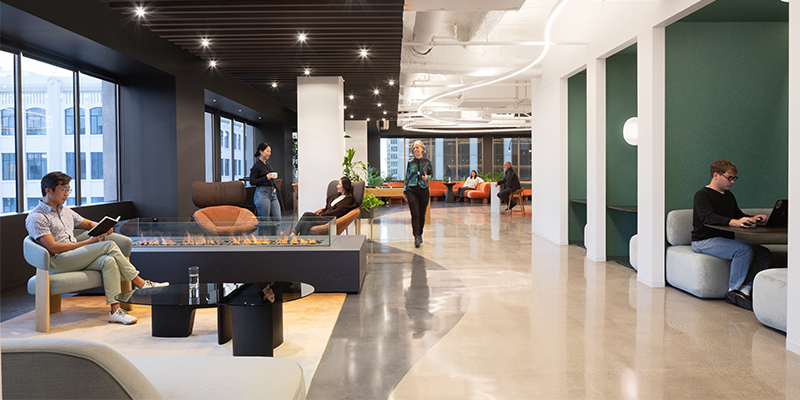Cold storage development often requires a specialized approach, and leasing is no exception. A panel of leasing experts at this week’s I.CON Cold Storage conference in Las Vegas shared their insider’s views on the cold storage leasing market, including demand drivers and growth expectations, the market outlook, second-generation space, and speculative freezer or cooler space.
Moderated by Chris Copenhaver, SIOR, senior director, Cushman & Wakefield, panelists included Ed McLaughlin, vice president, Provender Partners; David Sours, cold storage expert and senior vice president, CBRE; and Turner Wisehart, partner, OnPace Cold.
Here are top takeaways from their conversation:
Demand has been slower this year. The cold storage market had a quiet first quarter this year, with inquiries picking up slightly in the second and third quarters. Deals are taking a bit longer to develop as every line is scrutinized. A lot of future occupiers are in wait-and-see mode when it comes to leasing. This is a ripple effect caused by inflation and changes to the food supply chain caused by changes in how consumers are buying food.
Deliveries are on par with historical averages. There are between 9.5 million to 10 million square feet in development now, with roughly half of it pre-leased. Roughly eight projects will be delivered this year, with several more slotted for 2025.
Typical cold storage markets remain. Dallas, Chicago, New Jersey/New York and parts of Florida remain the hot spots for spec cold storage development. Dallas has the highest number of spec projects currently; Chicago has two.
The tenant profile varies. Speculative cold storage is definitely not a one-size-fits-all approach, and much of the variation depends on the market and the varying degrees of temperature inside the box. Refrigerator, freezer and tri-temp are all different. There’s been an expansion in grocery retailers and specialty food companies across the food supply chain.
Lease rates are steady. Rents are not increasing or decreasing and aren’t likely to increase without creating a ripple effect that could cause tenants to back out of a deal. Free months of rent are being built into some deals, which could help with closing. While it might feel like supply is up now, that’s just because leasing has slowed. Still, there aren’t many options for tenants seeking spec product.
Tenant requirements are just what you’d expect. Specific refrigeration/freezer requirements top the list of course, as well as critical power access and availability. Beyond that, there aren’t a lot of differences from any other industrial space: location, access to labor, trailer parking, palette load and opportunities for signage top the list. Helping clients visualize the space can be challenging, so taking the time to walk them through how space could be adapted to their vision is important.
Outlook for 2025. There’s a sense of optimism that no matter the outcome of the presidential election, interest rate cuts will continue, capital will flow more freely and inflation will get under control. Panelists agreed that 2025 will bring greater demand, deal velocity and transactions.








